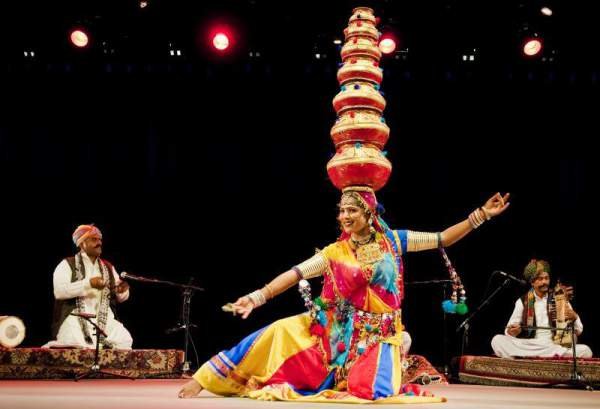Folk Dances of Rajasthan

Rajasthan is the land where heroism and chivalry impersonate in the form of Rajput warriors and their brave queens who had the courage to sacrifice themselves rather than falling into the hands of the invaders. Rajasthan is not only known for its battles and valor stories but also for its beautiful architecture, sand dunes, camels, […]
